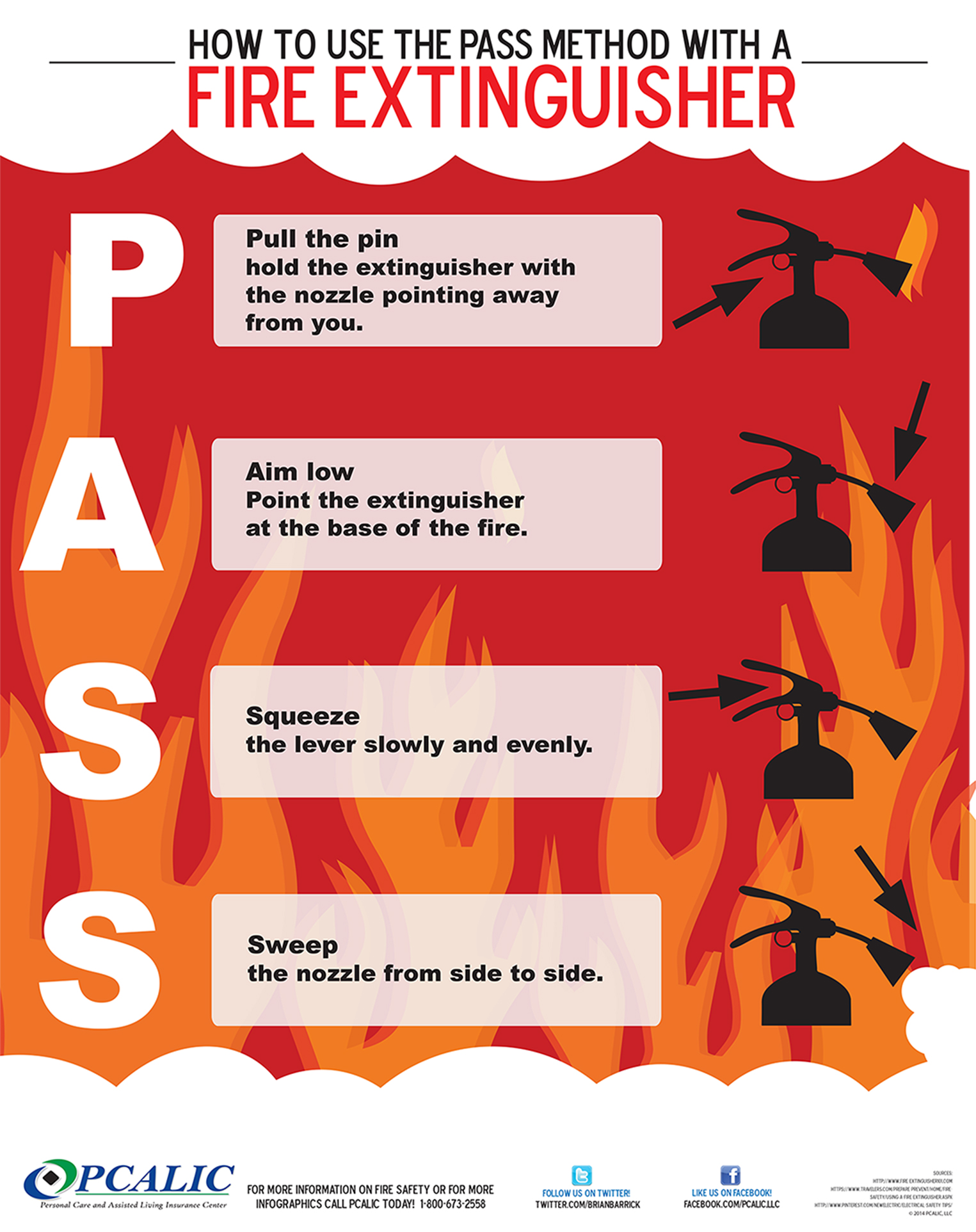Heat Exhaustion & Heat Stroke
Heat Exhaustion
Heat exhaustion is part of the body’s warning mechanism that it is starting to overheat. While the internal body temperature remains normal, people with heat exhaustion will have symptoms like excessive sweating, lightheadedness, cramping, headache, nausea and fatigue. Without taking caution, heat exhaustion can quickly progress to heat stroke.
Heat Stroke
Heat stroke occurs when the body’s cooling mechanisms begin to fail, leading to a dramatic increase in internal body temperature and often a major inflammatory response. Someone going through heat stroke will often stop sweating and have hot, flushed skin. But the key indicator of heat stroke is a change in mental status, which can range from incoherence to unresponsiveness. Call 911 if a change in mental status is noticied.
First Aid
The first step in treatment of any heat-related illness is to remove the patient from the hot environment. Mild cases of hyperthermia (increased temperature) can be treated with basic support, including passive cooling measures like removing clothing and fanning air, and rehydrating.
In more severe hyperthermia like heat stroke, the body must be actively cooled. This can be done by misting the patient’s body after removing clothing to increase heat loss by evaporation, and placing ice packs on the groin and armpits. Any active cooling measures can drop internal temperature quickly, so their internal temperature should be watched closely.
Again, contact emergency services if any change in mental status is suspected.
Earthquake
What to do to prepare for an earthquake?
- Limit additional hazards by preparing personal belongings. This can be done by storing heaving items on low shelves and securing hung items to the wall.
- Make a communication plan. Speak to those close to you and determine a plan for how you will communicate or where you will meet if you get separated.
- Make an emergency kit. Stock up on first aid supplies, water, food, medications, flashlights, extra batteries, and whatever else you consider to be essential.
What to do during an earthquake?
- Drop to the ground and cover your head and neck with your arms.
- Try to find cover away from possible hazards like falling objects. Get underneath sturdy furniture.
- If you are indoors, don’t run outside. If you are outside, stay outside. Stay away from telephone poles, buildings, bridges, etc.
- If you are in a car, pull over and stop in an area clear of structures.
- If you are in bed, stay in bed and cover your head and neck.
- If you are in the mountains, watch for falling rocks/landslides.
Fire
How to prepare for a fire as a college student:
- Ensure that your room has a smoke alarm and NEVER tamper with it.
- Know your building’s evacuation plan. If the alarm goes off, get out quick and stay out until the threat has been contained.
- Obey school rules about electrical appliances, cooking, and smoking. Be very careful with any open flames like candles, being sure to never leave them unattended.
- Unplug all heat-producing electrical appliances when not in use (including hair dryers, curling irons, and toasters).
- Do not overload electrical outlets.
How to prepare for fire in a home:
- Test and charge batteries in smoke detectors every six months
- Install and maintain smoke and carbon monoxide detectors
- Place at least one detector and fire extinguisher on each floor. Check fire extinguishers monthly for pressurization.
- Make an emergency escape plan
- Maintain all electrical cords and unplug devices when not in use
- Double check all appliances are turned off when not in use
- Check dryer vents and lint filter after every use
What to do in case of a fire:
- If you smell or see smoke, pull the fire alarm
- Call 911 as soon as it is safe
- Leave personal items behind
- Immediately evacuate by the closest fire exit
- If you have a designated role for a fire emergency, perform your duties and then evacuate
- Do not use elevators
- Help others if you can
- If you cannot evacuate:
- Find a window to signal where you are
- Stay as low as possible
- STOP, DROP, and ROLL if you catch fire
How to use a fire extinguisher:

Carbon Monoxide Poisoning
What is carbon monoxide (CO) and where does it come from?
Carbon monoxide is an odorless, colorless gas that is produced when something containing carbon is burned. Carbon monoxide is produced as a byproduct in the body, so it is the concentration of CO that determines how harmful it can be. The most common sources of carbon monoxide poisoning are motor vehicle exhaust, fire or cigarette smoke, faulty furnaces, spray paint/paint removers, and portable heaters.
What does CO poisoning look like?
The initial symptoms of CO poisoning can mimic the flu, including headaches, nausea, and fatigue. People exposed may also deal with changes in level of consciousness, dealing with everything from fainting and seizures to falling unconscious. Carbon monoxide poisoning can lead to long-term neurological deficits, including memory problems and headaches.
What do I do?
If you suspect carbon monoxide poisoning, call help and evacuate the area if possible. Carbon monoxide poisoning is very serious, and is most properly treated in a hospital. Once at a hospital, one common treatment is time in a hyperbaric chamber, which may help to reduce the half life of the CO.